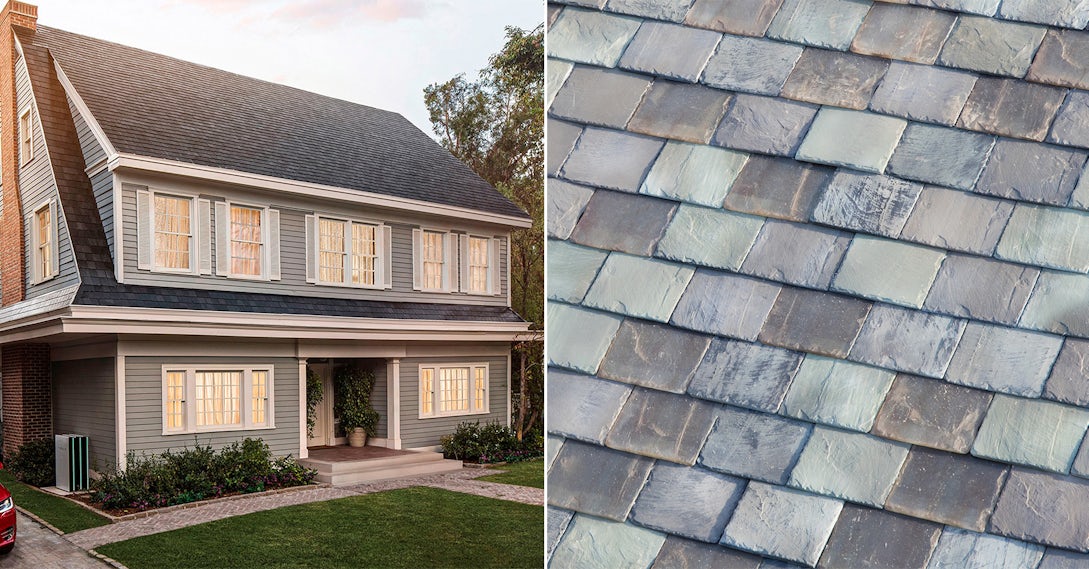Modernize is an online service that connects homeowners with trusted pros specializing in exterior home improvement projects including solar, roofing, windows and HVAC solutions.
As population density is on the rise, both in big cities and small towns, land is becoming an increasingly scarce resource. Apartment sizes are decreasing, and not just in New York City. There’s also a proliferation of “tiny houses” aimed at solving the housing affordability crisis while embracing a more minimalist approach to living by consumers. The housing infrastructure and neighborhood development necessary to accommodate the growing population has resulted in a dramatic decrease in green space.
A decline in green space is far more serious than an inconvenience for those with dogs or folks who enjoy hosting backyard barbecues. It directly impacts our environment, as there are less plants to help purify the air, contributing to air pollution and increasing rates of asthma, especially among youth. Additionally, without the shade provided by green spaces, your HVAC system works overtime — heavily dependent on an increased amount of fossil fuels to keep you cool.

Marco Polo Hotel Rooftop Gardens by KRPPUEBLOS, Davao, Philippines
Being mindful and deliberate about building green spaces into your designs can help turn the tide, though. Just one tree planted can remove 26 pounds of carbon dioxide from our atmosphere each year; that’s the equivalent of 11,000 miles of car emissions. Additionally, the Environmental Protection Agency reports that green roofs, or rooftop gardens, can significantly reduce the impact of urban heat islands — especially important when major cities like Chicago can expect 30-plus days of 100-degree heat this year.
Read on to learn more about some of our favorite rooftop gardens. We hope they’ll inspire you to create unique green spaces for all of your building design plans.
Who Needs a Lawn?
Living in the city doesn’t mean you have to surrender to the concrete jungle. Residential clients are looking for properties that creatively leverage outdoor space to maximize their total living space. Whether it’s a sunny spot to read the newspaper and enjoy their morning coffee or a cool deck where dinner parties with friends can last well into the night, thrill your clients by making the most of a roof space that would otherwise go unused and keep them cramped in small living spaces.
Even simple landscaping — think potted plants and raised garden beds — can have an impact not only on the aesthetic of the space, but on overall comfort. Plants have been shown to dramatically lower the temperature on roofs and the surrounding air. According to Bombay Outdoors, “In one scientific experiment, when the outdoor temperature reached 95 degrees Fahrenheit, the standard roof reached 158 degrees, while the green roof reached only about 77 degrees Fahrenheit.”

Mill Valley Cabins by Feldman Architecture, Mill Valley, Calif.
Don’t Rule Out the Suburbs
While cramped living corridors may not fuel the same motivation for rooftop gardens in the suburbs, the demand is growing there, as well. Rather than creating patios or decks on roofs, suburban dwellers are investing in green roofs: those that are covered with plants and soil and rest on a waterproof base. Green roofs can save homeowners money on roofing replacement in the long-term as they prevent water runoff as rain is collected for plants instead. Green roofs have been shown to retain 60 to 100 percent of the water they receive. This can help prevent flooding and decrease soil erosion on the ground.
Conserve With Xeriscaping
Have a client who is interested in a rooftop garden but worried about the maintenance? Explore xeriscaping. Xeriscaping requires very little irritation, so it’s great for places like California that are experiencing a drought. Additionally, xeriscaping depends on plants that are native to the local environment, so the need for any kind of chemical supplements like fertilizers or pesticides is greatly reduced — meaning less maintenance and less of a negative environmental impact.

Brooklyn Grange Urban Rooftop Farm by Bromley Caldari Architects, New York
Roof to Table
Many restaurants today like to promote that they are “farm to table,” meaning they use local suppliers to source their ingredients. This practice isn’t just a boon to the local farming community, but it helps protect the environment by reducing food miles: the amount of miles, and as a result carbon dioxide emissions that are produced, to deliver food. The actual food is often healthier, too, as it’s allowed to ripen on the vine and doesn’t have to be sprayed with harsh chemical preservatives to keep it fresh while in transit to grocery shelves. Sounds great, right? Well, imagine taking farm to table to the next level with a rooftop garden that produces many of the fresh produce your clients need to prepare meals.
A food-producing rooftop garden can help your clients save money on groceries, improve their health by increasing access to fresh fruit and vegetables and help promote a culture of conservation that makes us mindful of where our food comes from. Additionally, gardens help build community in an increasingly disconnected (at least face-to-face) world. The practice of gardening has also been shown to have many of the same benefits as yoga and meditation, reducing overall anxiety and increasing the ability to cope with stress.
We hope these examples have helped provide you with design inspiration while driving home the impact that promoting rooftop gardens to your clients can have on their overall health and happiness, sense of community and greater conservation efforts.
About the author: Danielle Hegedus is an Atlanta-based writer. She is a regular contributor to Modernize as well as a variety of lifestyle and home design websites. Danielle recently finished her first cookbook, in collaboration with Chef Kamal Grant, for Atlanta’s beloved Sublime Doughnuts.
Architizer is busy creating professional tools that can power your practice. Source, our new marketplace for building products, was created to make the job of being an architect that much easier. Click here to sign up for the number one tool for specifying.









